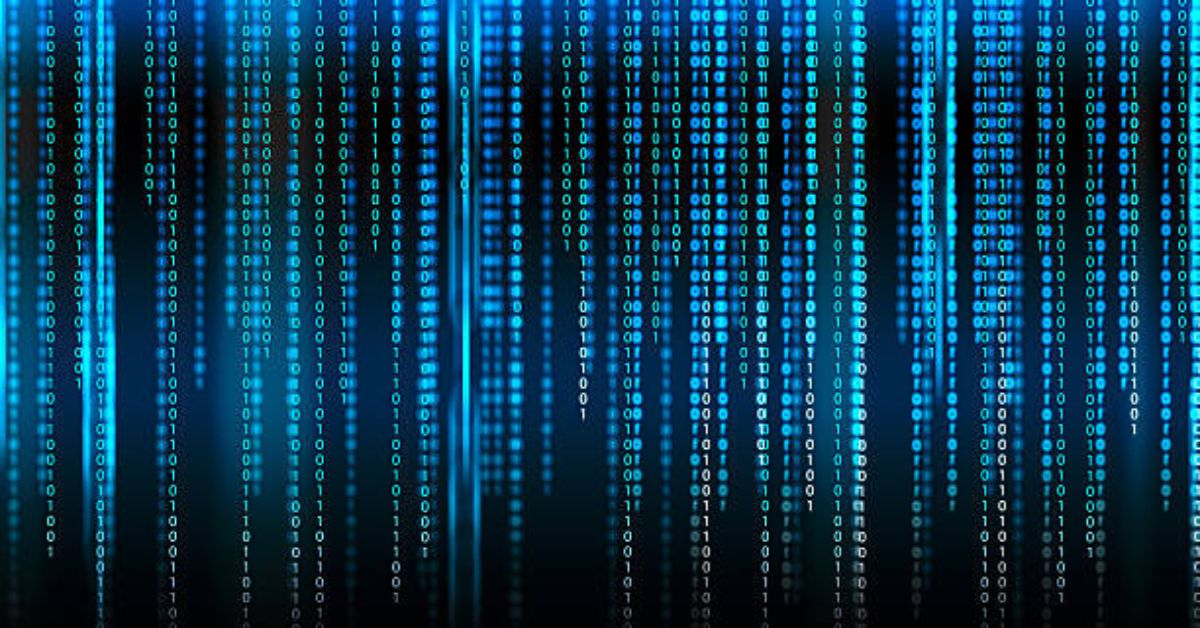193.9/223 this to a percentage: A Comprehensive Guide
In this article, we will explore how to convert the ratio of 193.9/223 this to a percentage. This process is a fundamental mathematical operation that can be useful in many different contexts, such as academic assessments, financial calculations, and everyday problem-solving. Understanding how to 193.9/223 this to a percentage fractions or ratios into percentages is an important skill, and we will walk you through the necessary steps, providing examples and context along the way.
What Does It Mean to Convert a Fraction to a Percentage?
Before diving into the specific calculation of 193.9/223 this to a percentage, it’s essential to understand the basic concept of converting a fraction or ratio into a percentage. A percentage is a way of expressing a number as a fraction of 100. The term “percent” comes from the Latin phrase “per centum,” which means “by the hundred.”
When you have a fraction like 193.9/223 this to a percentage, the goal is to express that fraction as a value out of 100. This is particularly useful in many real-life scenarios, such as determining grades, interest rates, or discounts, as percentages are often easier to interpret and compare.
The Formula for Converting a Fraction to a Percentage
The formula for converting any fraction or ratio to a percentage is straightforward: 193.9/223 this to a percentage Percentage=(NumeratorDenominator)×100\text{Percentage} = \left( \frac{\text{Numerator}}{\text{Denominator}} \right) \times 100Percentage=(DenominatorNumerator)×100
In this formula:
- The numerator is the top number of the fraction (in this case, 193.9).
- The denominator is the bottom number of the fraction (in this case, 223).
- Multiply the result by 100 to convert the fraction into a percentage.
By following this formula, we can easily convert 193.9/223 this to a percentage into a percentage.
Step-by-Step Calculation of 193.9/223 this to a percentage
Now that we understand the formula, let’s apply it to convert 193.9/223 this to a percentage.
- Write the fraction: We start with the ratio 193.9/223 this to a percentage.
- Divide the numerator by the denominator: We divide 193.9 by 223 to get the decimal value.
193.9÷223=0.8695193.9 \div 223 = 0.8695193.9÷223=0.8695
- Multiply the result by 100: Next, multiply the decimal value by 100 to convert it into a percentage.
0.8695×100=86.950.8695 \times 100 = 86.950.8695×100=86.95
Therefore, 193.9/223 this to a percentage is 86.95%.
Understanding the Result
The result of 86.95% means that 193.9 is 86.95% of 223. This can be interpreted in many different ways depending on the context. For instance, if 193.9 represents the number of correct answers on a test with 223 questions, then the score would be 86.95%. Similarly, in financial contexts, this percentage could represent a proportion of an investment or a reduction in cost.
Applications of Converting Fractions to Percentages
Converting fractions to percentages is a skill that has many practical applications. 193.9/223 this to a percentage Understanding how to perform these conversions can help with various tasks, such as calculating discounts, determining grades, and analyzing data. Let’s explore some real-world examples where this skill is crucial.
Academic Grades
In education, percentages are often used to represent the performance of students. For example, if a student answers 193.9 questions correctly out of a total of 223 questions on an exam, 193.9/223 this to a percentage the percentage score is calculated as 86.95%. This percentage gives a more easily understandable representation of the student’s performance compared to the raw number of correct answers.
Financial Analysis
In financial settings, percentages are commonly used to represent profit margins, interest rates, and other financial metrics. For instance, if an investor holds an asset worth 193.9 units and it grows in value to 223 units, the growth rate can be calculated by converting the ratio into a percentage. This percentage helps investors assess the rate of return on their investment.
Discounts and Sales
Understanding percentages is also crucial for calculating discounts and sales prices. If an item originally costs 223 units of currency and is being sold for 193.9 units, you can calculate the discount percentage by converting the ratio into a percentage. This allows consumers to better understand how much they are saving and helps businesses determine pricing strategies.
Data Analysis and Statistics
In data analysis and statistics, percentages are used to describe proportions, changes, and distributions within datasets. For example, a survey might report that 193.9 out of 223 respondents agree with a certain statement. By converting this ratio into a percentage, researchers can convey the results more effectively.
Common Mistakes in Percentage Calculations
While converting fractions to percentages is generally simple, there are some common mistakes people make during the process. Being aware of these pitfalls can help you avoid errors and ensure accurate calculations.
- Forgetting to Multiply by 100: One of the most common mistakes is forgetting to multiply the decimal by 100 to convert it to a percentage. Without this final step, the result will remain in decimal form instead of being expressed as a percentage.
- Incorrect Division: Another mistake occurs when dividing the numerator by the denominator incorrectly. It’s essential to double-check that the division is done accurately to get the correct decimal value before multiplying by 100.
- Misinterpreting the Result: After calculating the percentage, it’s important to interpret it correctly. A percentage value represents a part of the whole, so make sure to understand what the numerator and denominator represent in the given context.
- Using Incorrect Units: In some cases, fractions involve different units, such as money, time, or quantities. Ensure that the units are consistent before performing the calculation. For example, if you’re calculating a percentage of money, make sure both the numerator and denominator are expressed in the same currency.
Tips for Easier Percentage Conversion
While the process of converting a fraction to a percentage is relatively simple, here are a few tips to make the process even easier:
- Use a Calculator: If the numbers are large or complex, using a calculator can save time and reduce the risk of error. Most calculators and even smartphones have built-in functions for dividing and multiplying, making it easy to calculate percentages.
- Practice Mental Math: For smaller numbers, you can practice performing these calculations in your head. For instance, knowing that 1/2 is equal to 50% or 3/4 is equal to 75% can help speed up the process when dealing with simpler fractions.
- Check Your Work: After performing the calculation, it’s always a good idea to double-check your result. You can do this by reversing the process: divide the percentage by 100 and multiply by the denominator to ensure you get the original numerator.
Conclusion
Converting a fraction like 193.9/223 this to a percentage is a simple yet powerful mathematical skill. By following the basic formula of dividing the numerator by the denominator and multiplying by 100, we find that 193.9/223 equals 86.95%. This process is widely applicable in many areas, including academics, finance, and data analysis, and understanding how to perform this conversion will serve you well in numerous real-life situations.
Whether you’re calculating grades, analyzing data, or working with financial figures, knowing how to convert fractions to percentages can make complex information more accessible and easier to interpret. With practice and attention to detail, this skill becomes second nature, enabling you to approach percentage-based problems with confidence and accuracy.







